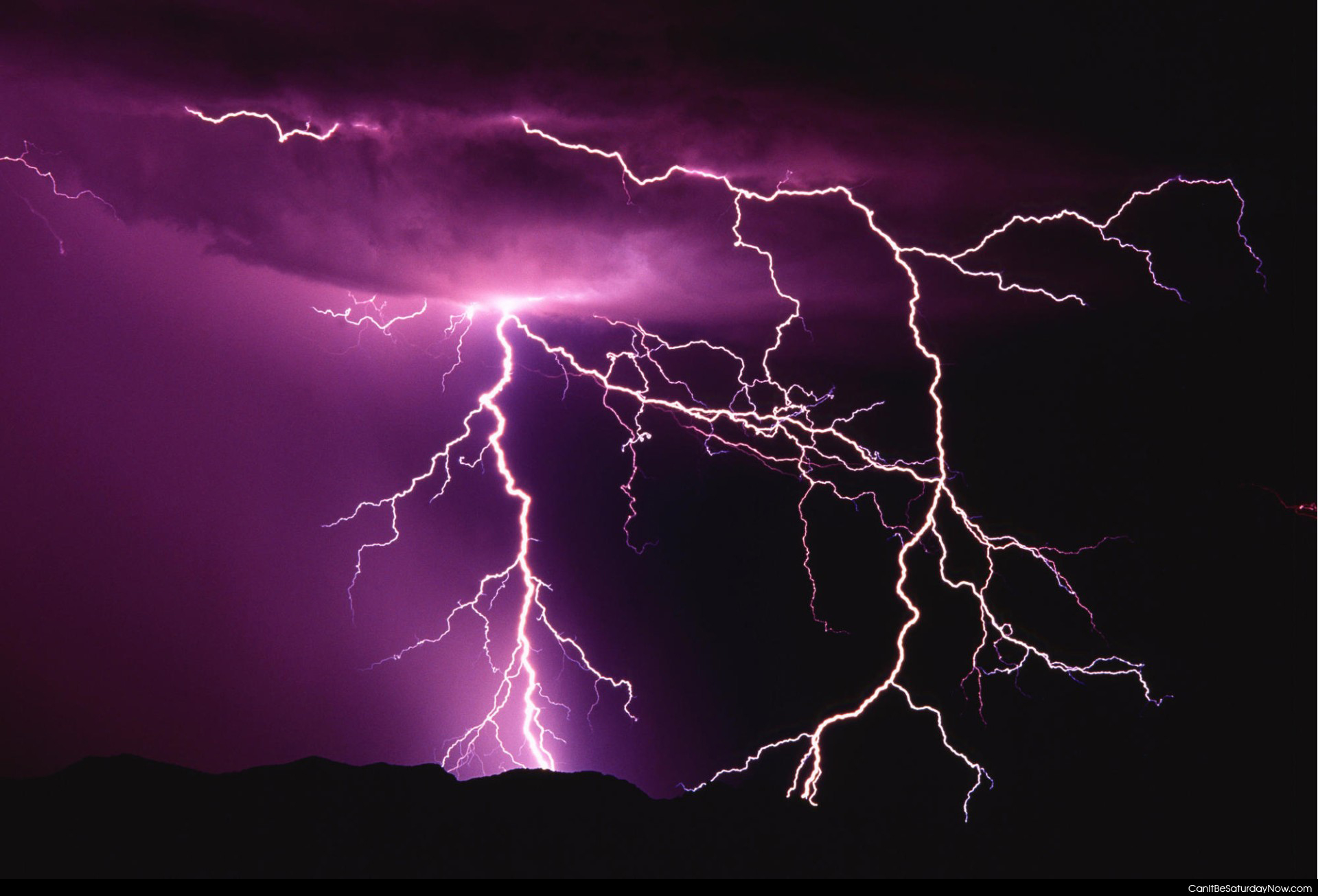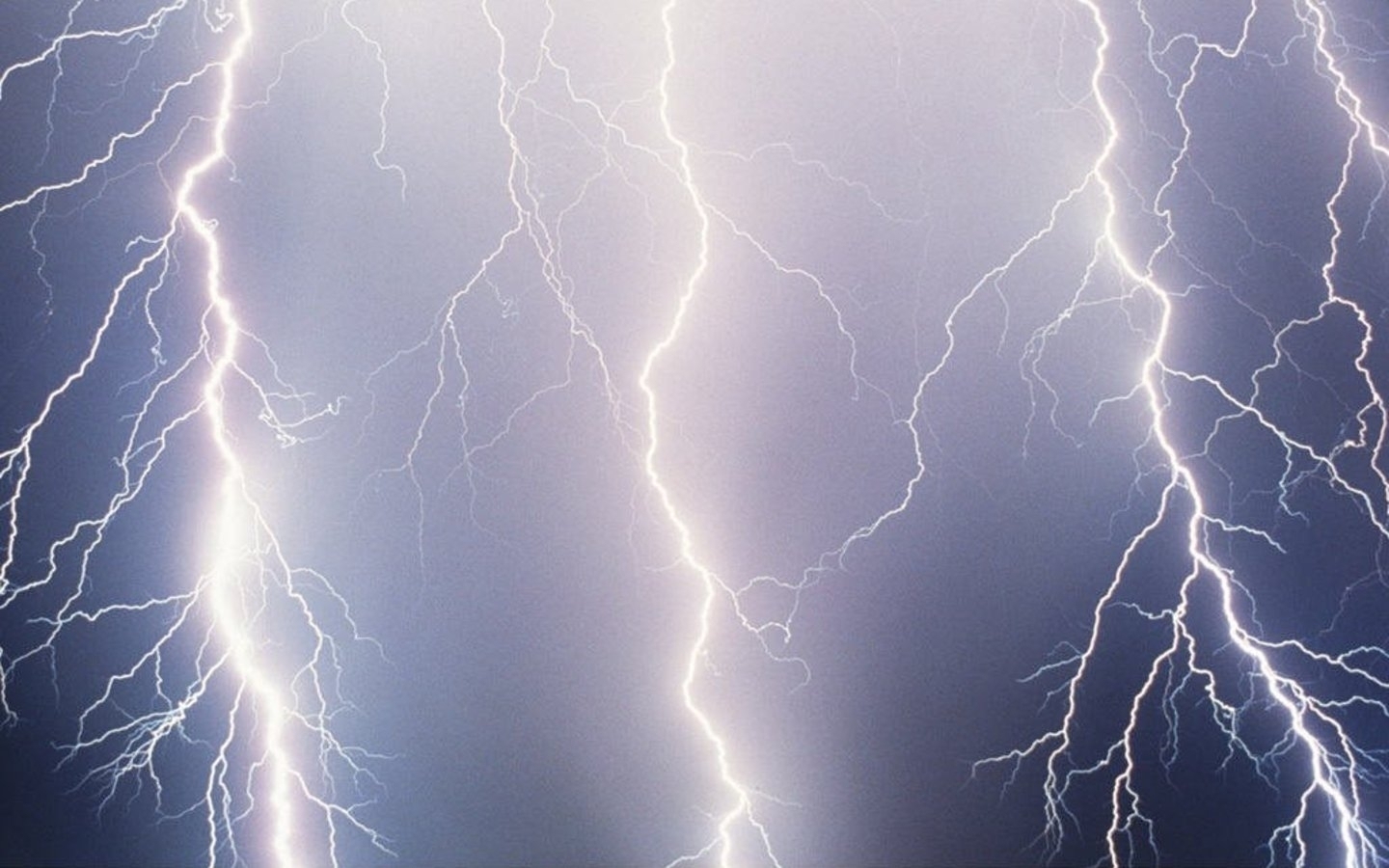Lighting
The term light refers to the light-generating means of an artificial light source. This artificial light makes a man independent of natural light sources ( primarily the sun ) and serves to improve the visual performance ( physiological effect ) and increase the well -being and sense of security ( psychological effect ).
The early historical use of the open fire, the first and at the same time simplest form of lighting dar. In the course of human history were particularly since the 18th century, coupled with the discovery of new technologies and materials, additional forms of lighting developed (eg bulb ). In the present it is attempted to optimize the illumination with regard to energy consumption, efficiency and service life.
In the lighting is a fundamental difference between the indoor and outdoor lighting. The interior lighting includes both living rooms and workplaces of all kinds as well as public spaces, such as restaurants or theaters. For outdoor lighting mainly include street lighting and lighting of sports facilities. Various standards that are harmonized at European level for the most part, regulate the individual application areas and determine quantitative and qualitative requirements for lighting systems.
- 4.1 illumination at events
- 4.2 Vehicle Lighting
- 4.3 Lighting in Photography
- 6.1 Energy consumption
- 6.2 Light Pollution
- 6.3 Physiology
History
→ Main article: History of Lighting
The discovery and utilization of fire in the early period marked the beginning of illumination. In addition to heat the open fire also donated enough light to brighten homes and caves. Developed it further illumination means such as the kindling, the wax candle and oil lamp over time. Decisive progress in lighting technology brought the discovery of the gas lamp in 1785 by the Dutchman Johannes Petrus Minckeleers. With the advent of electricity mid-19th century was an attempt to make use of electricity for lighting ( electric arc lamp). Thomas Alva Edison finally reported in 1879 to the bulb for a patent, and thus laid the foundation for the use of modern lighting means.
- Major stations in the development history of lighting
Wax candle (Antiquity )
First gas lighting ( 1785 )
Patent on bulb (1879 )
LED lamp (Today)
Components of the lighting
Modern lighting systems basically consist of lamp and luminaire. The lamp serves to receive one or more lamps and connect them to the power source. Furthermore, directs and distributes the light the light of the lamp. In everyday parlance the two terms are often mistakenly equated. The following lamps are used today in lighting technology used (selection):
There are also glow lamps ( Iron indicator light, circuit tester ), xenon photo flash and strobe tube and electroluminescence.
Areas of application
Outdoor Lighting
Lighting systems that are operated in the open air or outdoor areas include, for exterior lighting. Compared to the interior lighting, the outdoor lighting to a higher degree of protection, as it must be better protected against contact and ingress of foreign bodies and moisture.
The application areas include roads, paths and squares, parks and gardens. However, it is also the lighting of sports facilities, tunnels and subways, as well as the illumination of facades. Another important area is outdoor work places, such as container stations, docks, construction sites, chemical plants or gas stations.
Interior lighting
Lighting systems that operate inside buildings include interior lighting. An important area of application doing the work site lighting and home lighting dar. In the associated norms are defined depending on the application, certain parameters that must be adhered to in the lighting design. For example, the illuminance or luminance distribution, the light color can be specified. Important in this context is the correct definition of the visual task. Error in the planning of indoor lighting systems can impair visual performance or lead to eyestrain or the neck muscles.
Standalone application areas
Illumination at events
A distinction is made at the event lighting ( illumination ) between theater lighting, television and the light show lighting used in stage events. All three differ in terms of lighting is very, yet there are similarities.
When theater light (→ theater lighting) illumination is usually depicted in scenes, which in turn enjoy a high degree of artistic freedom. Besides, many colors can be used, for example, a theater actor sometimes yellow, or blue " illuminated ". The illumination of the front part of a stage is referred to as a spotlight.
TV light, however, is mostly white, there appear colors only as accents and effects, or be represented, for example by moving heads. Depth, harsh shadows are unsuitable, since no high contrast or dynamic range can be transmitted. The illumination while watching TV, for example, achieved with large Fresnel lens headlights that brighten a room or object evenly. The TV light illuminance ( lux) must reach certain values that are higher (similar to 1500 lux) or low (digital between 400 and 800 lux) should be depending on the technique in the OB truck ( outside broadcast vans Digital or Analog). The illumination of TV studios can also be combined with diffuse artificial light and daylight.
The light show in turn is more like the theater light, it will set color accents, typical devices are blind, moving heads and PAR light (good bundling headlights). The illumination is achieved from time to time from the stage edge with 2-5 kilowatts.
Vehicle lighting
→ Main article: Automotive Lighting
A private, spacious area of application is the vehicle lighting. The lighting equipment of vehicles include all lights, headlights and retro-reflecting devices (such as reflectors and fluorescent color ) that appear on the outside. Their size and position is set by law.
Lighting in Photography
In color photography light with very good color rendering index must be used. These demands satisfy bulbs with particularly high filament temperature ( Photo ) lamps or xenon flash.
→ Main article: Flash and Flash methods
In order to reduce the red -eye effect in flash from shooting direction, the eye from bright lighting or a pre-flash light must adapt ( small pupil aperture ). A fill flash can help with back light to illuminate the object.
In the black and white photography, for example, a red filter can be used to hide in portraits blemishes.
The photographer designed the lighting using indirect illumination ( Diffuser or diffusing reflective surfaces ) such that, for example, a side lighting brings to fore the plasticity, but also the shadows are lightened. Also typical is the design of backlighting effects with concealed from the object light sources. All these effects and designs are also possible with Flash, using conventional light sources are installed at the place of mother and daughter flashing light sources to simulate the illumination.
→ See also high-key and low-key Photography
Characteristics of lighting technology
In lighting, there are several ways, with the aid of the properties and requirements of the illumination will be described. The following table shows a selection of the most important parameters:
Problems
Energy consumption
With a high standard of lighting, a high current consumption goes hand in hand. As a measure to reduce CO2 emissions from power plants that run on fossil fuels, there is a campaign to replace incandescent light bulbs with fluorescent lamps and light emitting diodes and the medium-term ban on the sale of incandescent light bulbs. However, after the related illumination purposes proportion of electric energy of the ( German ) households is only about 18% and 2% of total energy consumption. After businesses need 5 to 10 % of the electricity for lighting. According to the same source, there is a potential savings of 50% of average.
The city of Essen in 2008 changed the lighting of Essen Light Weeks on light-emitting diodes and thus a reduction of the power consumption for this purpose by 80 percent. Many cities operate at least tentatively street lighting with LEDs. Although the efficiency ( lumens per watt ) is still lower than that of usual sodium vapor lamps, this is counterbalanced, however, by longer life (longer maintenance cycles ), better focusing of the light, the easy switching on and off or dimming as needed and better color rendering index.
Light pollution
→ Main article light pollution
The light pollution is caused by artificial light in the environment. It caused ecological and physiological impairments and problems in celestial observation ( astronomy). In this case, in addition to the total amount of light, the color of the light bundle and poor important. Short-wave light more strongly scattered in the atmosphere than, for example, the yellow light of the sodium -vapor lamps. A good color rendering index, for example, metal halide lamps, mercury vapor lamps or white LEDs is paid for with a high proportion of blue, which is also an ecological problem due to the attractiveness to insects.
Physiology
In human physiology, the light color, the time course of the luminous flux as well as the influence of the day / night cycle has an influence. The light color affects the melatonin balance of the brain.
Many artificial light sources to flicker in the rhythm of the double mains alternating voltage ( 100 or 120 Hz corresponding to the 50 or 60 Hz mains frequency). These variations of intensity are often not consciously perceived, but interfere with work on moving machines or cause nervousness. See also strobing.










